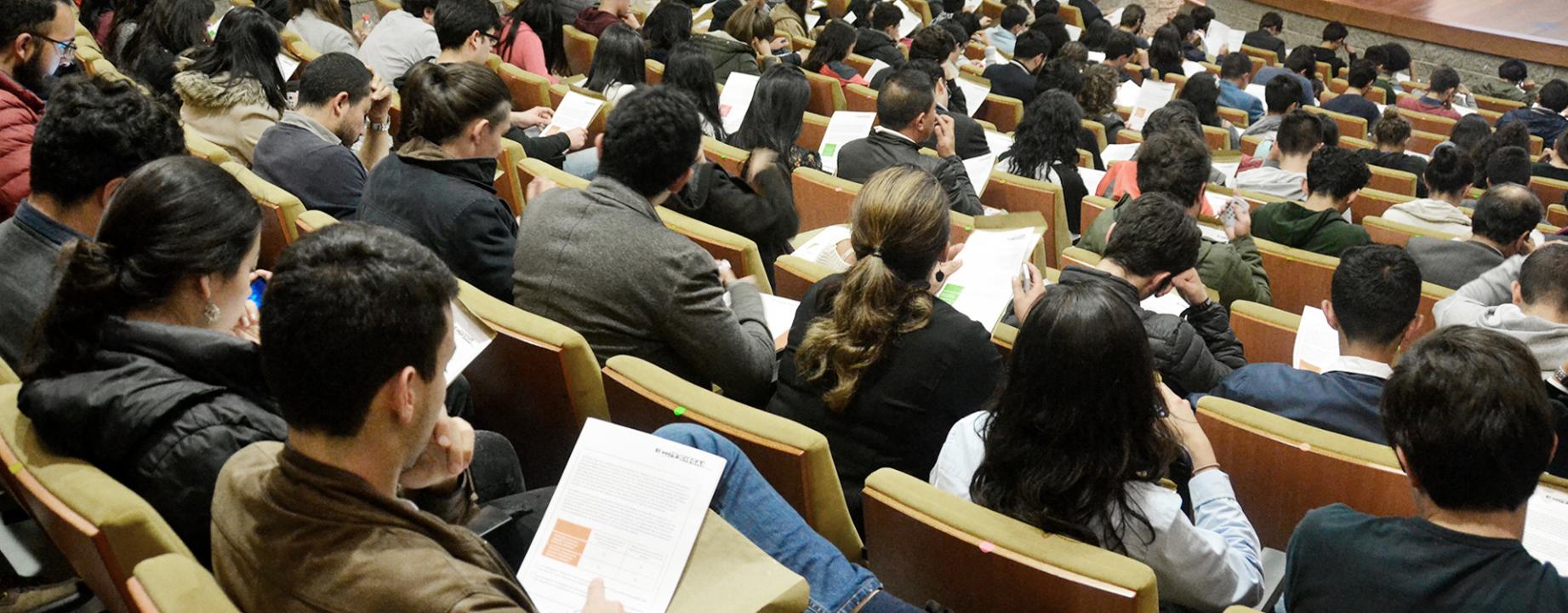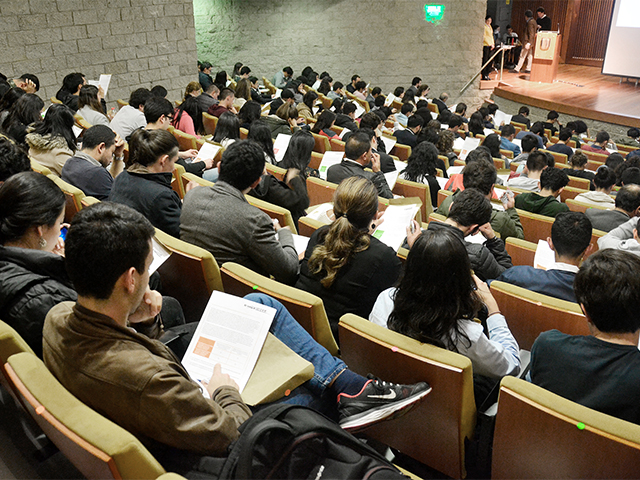Ver agenda Facultad de Economía | Ver en Google

Jueves 28 de agosto | 12:30 p.m.
Presenta: Luis Fernando Mejía - Director ejecutivo Fedesarrollo
Why are Tax Rates High and Procyclical in Developing Economies?
An analysis of corporate income tax reveals a largely overlooked fact: statutory tax rates are higher in developing economies. In addition, statutory tax rates are procyclical in low-income economies, rising during downturns and potentially amplifying recessions. This paper develops a theoretical framework that reconciles these two phenomena. In our model, firms choose between formal and informal operations based on their productivity and the benefits of formalization, while the government---constrained by limited tax collection efficiency---must set a statutory tax rate to finance a given level of expenditure. We show that low state capacity forces governments to adopt high statutory tax rates, which in turn raise the threshold for formalization and exacerbate informality. Moreover, during economic downturns, the contraction of the tax base compels these governments to raise statutory rates, rendering fiscal policy procyclical. We demonstrate that this procyclicality intensifies as state capacity decreases, creating a compounding challenge where the weakest states face the most destabilizing fiscal adjustments during economic downturns. We also show that even when firms in different countries have the same inherent productive capabilities, stronger state capacity leads to higher observed productivity. This creates an artificial productivity gap between developing and developed countries, driven by institutional constraints rather than actual differences in productive potential. A dynamic extension of our model reveals how political instability and high reform costs can trap countries in a low-capacity equilibrium. Our framework offers implications for policies aimed at modernizing tax administration, broadening the tax base, and implementing countercyclical fiscal measures in developing economies.

Jueves 4 de septiembre | 12:30 p.m.
Presenta: Daniel Schwartz - Universidad de Chile
The Rise of a Nudge: Field Experiment and Machine Learning on Minimum and Full Credit Card Payments
An analysis of corporate income tax reveals a largely overlooked fact: statutory tax rates are higher in developing economies. In addition, statutory tax rates are procyclical in low-income economies, rising during downturns and potentially amplifying recessions. This paper develops a theoretical framework that reconciles these two phenomena. In our model, firms choose between formal and informal operations based on their productivity and the benefits of formalization, while the government---constrained by limited tax collection efficiency---must set a statutory tax rate to finance a given level of expenditure. We show that low state capacity forces governments to adopt high statutory tax rates, which in turn raise the threshold for formalization and exacerbate informality. Moreover, during economic downturns, the contraction of the tax base compels these governments to raise statutory rates, rendering fiscal policy procyclical. We demonstrate that this procyclicality intensifies as state capacity decreases, creating a compounding challenge where the weakest states face the most destabilizing fiscal adjustments during economic downturns. We also show that even when firms in different countries have the same inherent productive capabilities, stronger state capacity leads to higher observed productivity. This creates an artificial productivity gap between developing and developed countries, driven by institutional constraints rather than actual differences in productive potential. A dynamic extension of our model reveals how political instability and high reform costs can trap countries in a low-capacity equilibrium. Our framework offers implications for policies aimed at modernizing tax administration, broadening the tax base, and implementing countercyclical fiscal measures in developing economies.
>>Paper
Jueves 11 de septiembre | 12:30 p.m.
Por confirmar
Presenta: Juan José Ferro - Universidad de los Andes
Jueves 18 de septiembre | 12:30 p.m.
Por confirmar
Presenta: Hernando Zuleta - Universidad de los Andes
Jueves 25 de septiembre | 12:30 p.m.
Por confirmar
Presenta: Luis Felipe Saenz
Jueves 9 de octubre | 12:30 p.m.
Por confirmar
Presenta: Maria Pia
Jueves 16 de octubre | 12:30 p.m.
Por confirmar
Presenta: Elisa Belfiori
Jueves 23 de octubre | 12:30 p.m.
Por confirmar
Presenta: Giorgio Chiovelli
Jueves 30 de octubre | 12:30 p.m.
Por confirmar
Presenta: Sebastián Otero
Jueves 6 de noviembre | 12:30 p.m.
Por confirmar
Presenta: Vitor Possebon
Jueves 13 de noviembre | 12:30 p.m.
Por confirmar
Presenta: Rachid Laajaj - Universidad de los Andes
Martes 18 de noviembre | 12:30 p.m.
Por confirmar
Presenta: James Robinson
Jueves 27 de noviembre | 12:30 p.m.
Por confirmar
Presenta: Román Andrés Zárate - Universidad de los Andes



